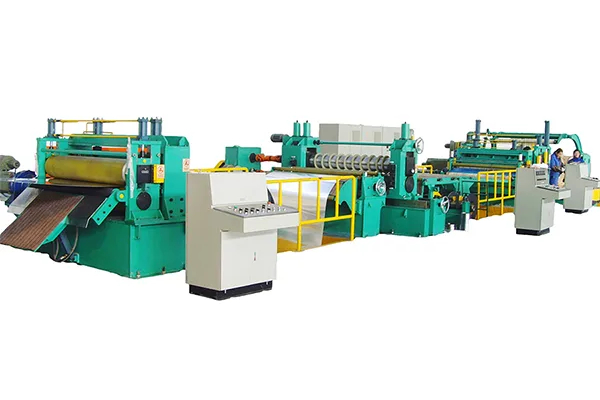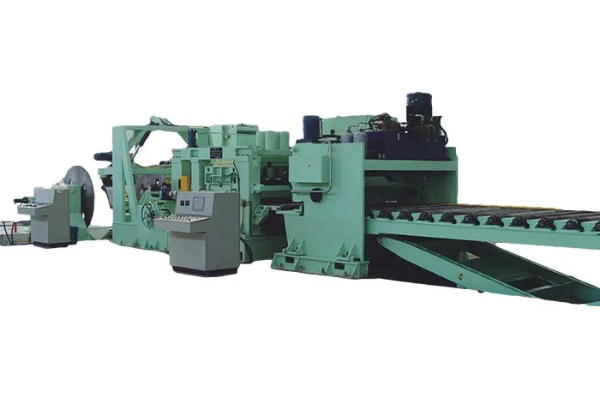
Types of Bending Techniques- Exploring Your Options
- By:Metmac
- 2024-07-26
- 201
Bend your will to the metal and unleash your inner metalworker! Bending techniques are the backbone of manipulating metal into intricate shapes and functional objects. From gentle curves to sharp angles, there’s a bending technique for every need and level of expertise.
Cold Bending: A Precise Touch
Cold bending involves reshaping metal without the application of heat. It is a delicate process that demands precision and control. Using a variety of tools such as pliers, hammers, and press brakes, cold bending allows for intricate bends with minimal distortion. Its accuracy makes it ideal for jewelry making and other applications where precision is paramount.
Hot Bending: The Heat’s On
Hot bending employs the transformative power of heat to soften metal, making it more malleable and easier to bend. Using a forge or torch, metal is heated to its melting point, allowing for dramatic changes in shape. Hot bending is commonly used for creating large-scale sculptures, architectural components, and forged tools.
Roll Bending: Smooth and Cylindrical
Roll bending is a technique that utilizes a series of rollers to bend metal into cylindrical shapes. The metal is passed between the rollers, gradually forming the desired curve. This process produces precise, uniform bends with consistent thickness and a smooth surface finish. Roll bending is used in industries such as automotive and aerospace manufacturing.
Press Bending: Brute Force Precision
Press bending employs a press brake to bend metal with controlled force. The press applies pressure to the metal, forcing it to conform to a die or punch. Press bending allows for high-volume, repetitive bending with precise angles and tight tolerances. It is used in mass production industries such as automotive and electronics.
Tube Bending: Shaping Complex Contours
Tube bending is a specialized technique for shaping tubular metal into intricate curves. Using a tube bender, the tube is guided over a mandrel, which prevents it from collapsing during the bending process. Tube bending is essential for creating components used in automotive, aerospace, and medical industries.
Choosing the Right Technique
The type of bending technique to use depends on factors such as metal type, desired shape, precision requirements, and production volume. Cold bending is ideal for small, intricate bends, while hot bending suits larger, complex shapes. Roll bending is best for cylindrical bends, press bending for high-volume production, and tube bending for complex contours.
掌握金属弯曲技术赋予你创造无限可能的权力。从精美的首饰到复杂的雕塑,弯曲技术为你提供了塑造金属、表达你的愿景和留下持久的印记的工具。
-
Mastering Form and Force: A Guide to Modern Metal Plate Bending Machines
2025/12/16 -
Demystifying Sheet Metal Laser Cutting Machine Price: The METMAC Value Perspective
2025/12/16 -
Metal Sheet Machinery: The Engine of Modern Fabrication and the METMAC Advantage
2025/12/16 -
Beyond the Bend: The Power and Precision of the Modern Sheet Profile Machine
2025/12/16
-
Advanced Sheet Metal Rolling, Laser Cutting, and Folding Machines for Precision Fabrication
2025/10/31 -
High-Performance Sheet Metal Bending and Cutting Machines for Modern Fabrication
2025/10/31 -
High-Quality Sheet Metal Equipment for Sale: Efficient Solutions for Modern Manufacturing
2025/10/31 -
High-Performance Sheet Metal Equipment for Sale: Forming and Shearing Solutions for Modern Fabrication
2025/10/22
-
A Guide to the Latest Innovations in Sheet Metal Folding Machines
2024/11/29 -
Key Features to Consider When Investing in a Sheet Metal Folding Machine
2024/11/28 -
Enhancing Precision with Advanced Sheet Metal Folding Machines
2024/11/27 -
How to Choose the Right Sheet Metal Folding Machine for Your Workshop
2024/11/26







